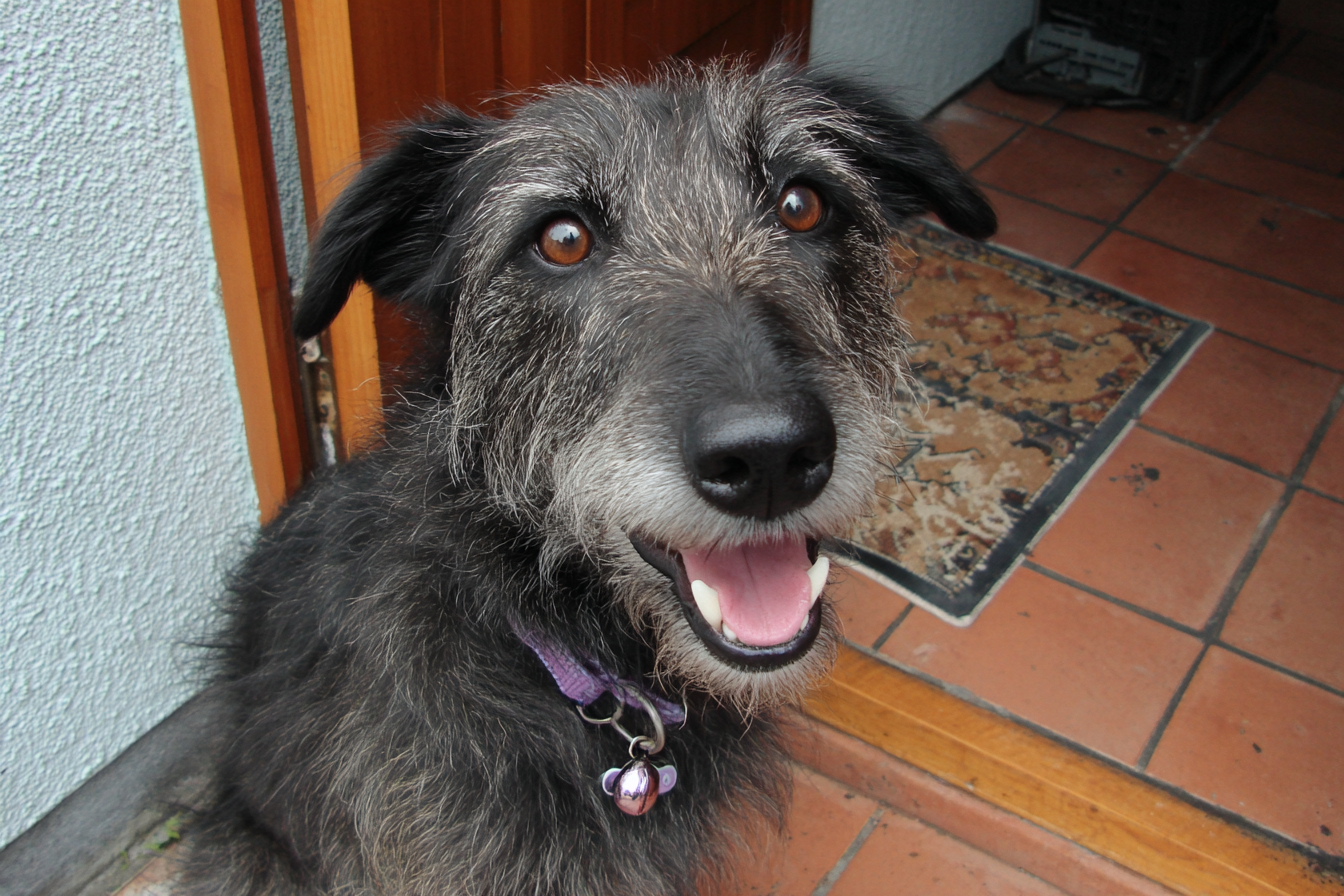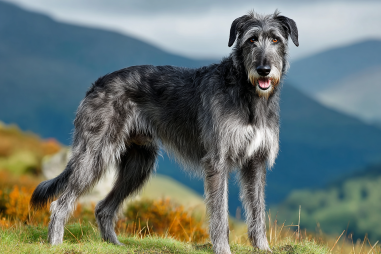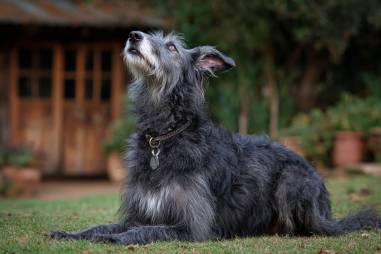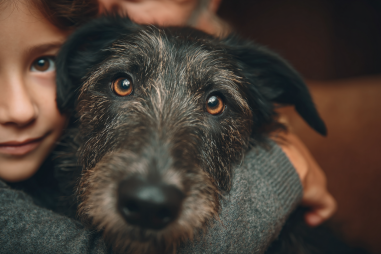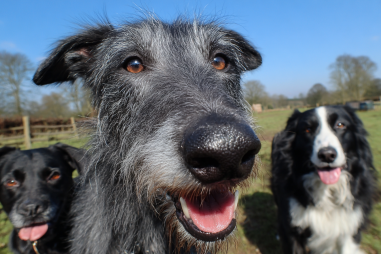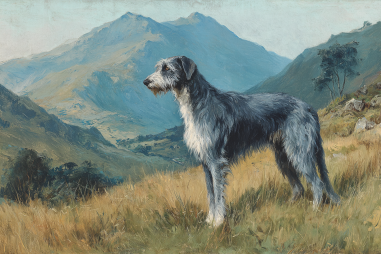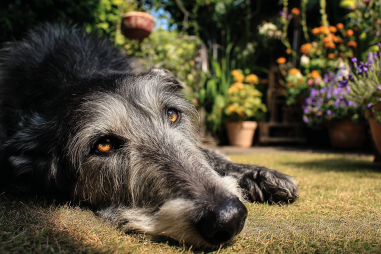Considering adding a Scottish Deerhound to your family through rescue and adoption is a wonderful decision. These gentle giants are known for their friendly nature, loyalty, and graceful appearance. However, adopting a Deerhound is a commitment that comes with unique considerations. This guide will take you step-by-step through the rescue and adoption process, share where to find Deerhound rescues, and help you prepare your home for your new furry friend. We’ll also cover how to select the right dog, tips for a smooth transition, and what long-term care looks like for this special breed.
Understanding the Rescue and Adoption Process
Rescuing and adopting a Scottish Deerhound usually involves a process that ensures both the dog’s well-being and the suitability of the adopter. Rescue organizations often take in Deerhounds who have been surrendered by owners, found as strays, or rescued from situations where they were improperly cared for. These dogs may come with varying backgrounds, so the rescue groups conduct evaluations to assess their temperament, health, and needs.
Most rescues require potential adopters to fill out applications detailing their lifestyle, experience with dogs, and living situation. This helps the organization match you with a Deerhound that fits well with your home environment and activity level. You may also be asked to participate in an interview or home visit to ensure the dog’s safety and happiness.
Being patient and open during this process is vital. Remember, the goal is to find a forever home that meets the needs of both the adopter and the Deerhound.
Where to Find Scottish Deerhound Rescues
Finding a Scottish Deerhound rescue can involve a bit of research since this breed is relatively rare compared to other dogs. Here are some effective ways to locate a reputable rescue:
- National and Regional Breed Rescues: Organizations such as the Scottish Deerhound Club of America and other regional clubs often have rescue arms or referrals. Checking their websites can offer helpful leads.
- General Breed-Specific Rescue Groups: Websites like Petfinder and Adopt-a-Pet allow you to search specifically for Scottish Deerhounds available for adoption.
- Local Animal Shelters and Humane Societies: Occasionally, Deerhounds end up in general shelters. It’s worth checking regularly or telling shelter staff to notify you if one comes in.
- Online Rescue Forums and Social Media Groups: There are active communities of Scottish Deerhound owners and enthusiasts who often share information about dogs needing rescue.
Remember to verify that any rescue group is reputable, prioritizes the welfare of the dogs, and has positive reviews from previous adopters.
Preparing Your Home
Before bringing a Scottish Deerhound home, it’s important to prepare your space to accommodate their size and specific needs. Deerhounds are large dogs, often standing 28 to 32 inches tall and weighing between 75 to 110 pounds, so ample room to move comfortably is crucial.
Here are some key considerations to prepare your home:
- Space: Make sure you have enough indoor space and a securely fenced yard for exercise. Deerhounds are not extreme athletes but enjoy regular walks and the ability to stretch their legs.
- Resting Areas: Provide soft, large dog beds or padded spaces since Deerhounds have very thin coats and delicate skin. They appreciate warmth and comfort.
- Safety: Safety-proof your home to prevent access to harmful substances or small objects since Deerhounds are curious but generally gentle.
- Supplies: Stock up on appropriate-sized collars and harnesses, sturdy leashes, food and water bowls, high-quality dog food, and grooming tools.
- Toys and Enrichment: Deerhounds enjoy gentle play, so having chew toys and interactive items can keep them mentally stimulated.
Having your home ready before the Deerhound arrives will help reduce stress for both you and your new dog.
Meeting and Selecting Your New Dog
When meeting potential Scottish Deerhounds for adoption, take your time to observe and interact with each dog. Personality is crucial to consider—though Deerhounds share breed traits like friendliness and a calm demeanor, individual dogs vary.
Some things to look out for include:
- Temperament: Is the dog shy, outgoing, friendly with people, and does it get along with other pets? Deerhounds are generally gentle, but individual behavior can differ.
- Health Status: Rescue dogs should receive full veterinary evaluations. Ask about medical history, any ongoing conditions, and whether vaccinations and spaying/neutering are complete.
- Compatibility: Consider the dog’s energy level and how it matches your lifestyle. Because Deerhounds tend to be calm indoors but moderate exercisers, they fit well with families who enjoy relaxed routines but like daily walks.
- Training and Socialization: Ask about the dog’s training progress and socialization experience. Some Deerhounds may require additional patience or help adjusting to home life.
Spending one-on-one time with the dog, possibly in your home or a neutral environment, can also reveal how the dog reacts to you and your family members.
Transition Tips
Bringing home a rescue Scottish Deerhound can be a big adjustment for both the dog and your family. To make the transition smoother:
- Keep a Consistent Routine: Deerhounds benefit from predictable schedules for feeding, walks, and rest.
- Be Patient and Gentle: Give your Deerhound time to acclimate. Some may hide or seem withdrawn at first but will warm up as they feel safe.
- Create a Quiet Safe Zone: Set up a calm, comfortable area where your dog can retreat to feel secure.
- Gradual Introductions: Slowly introduce new family members, pets, and environments. Avoid overwhelming stimuli all at once.
- Positive Reinforcement: Use treats and praise to encourage good behavior and build trust.
- Vet Visit: Schedule a check-up soon after adoption to establish health baselines and discuss vaccinations, parasite control, and diet with your veterinarian.
Remember, the adjustment period can take days to weeks, and each Deerhound’s timeline is unique.
Long-Term Care Considerations
Scottish Deerhounds are generally a healthy breed, but they have specific long-term care needs to ensure a happy and comfortable life:
- Exercise: Regular moderate walks and occasional safe off-leash running are ideal. Avoid overexertion, especially in hot weather.
- Diet: A balanced diet suited to large, lean breeds maintains muscle tone and prevents obesity. Consult your vet about portion size and type of food.
- Grooming: Deerhounds have wiry coats that require weekly brushing to prevent matting and maintain healthy skin. Occasional baths and nail trims are essential.
- Health Monitoring: Watch for typical breed health concerns such as bloat (gastric torsion), heart conditions, and hip dysplasia. Keep regular vet appointments for early detection.
- Mental Stimulation: Despite their calm nature, Deerhounds are intelligent and benefit from training sessions, puzzles, or gentle playtime.
- Senior Care: As Deerhounds age, provide orthopedic bedding, adjust exercise plans, and monitor for arthritis or mobility issues.
Consistent love, attention, and good care will help your Deerhound thrive for many years.
Welcoming a Scottish Deerhound Into Your Life
Adopting a Scottish Deerhound through rescue is a heartwarming way to offer a deserving dog a new lease on life. While they require special considerations due to their size and temperament, the reward is a devoted and graceful companion. By understanding the adoption process, locating trustworthy rescues, preparing your home, and committing to thoughtful care, you’ll be well-equipped to provide a wonderful forever home. The bond you build with your Deerhound will grow through patience, kindness, and shared moments of calm joy that are unique to this majestic breed.

